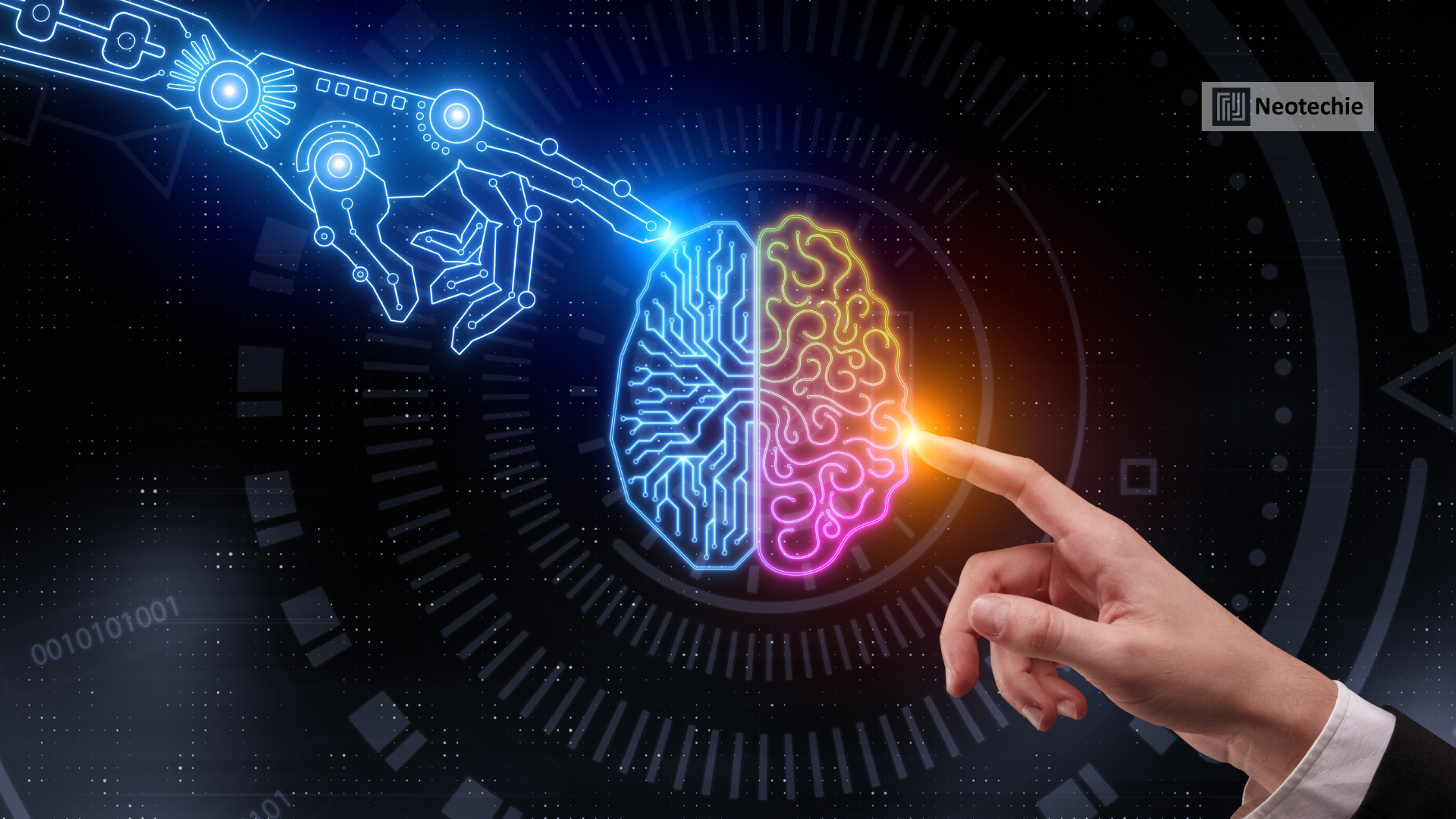The Future of Robotic Process Automation (RPA)
Robotic Process Automation (RPA) has already proven to be a game-changer in the business world, enabling organizations to automate repetitive, rules-based tasks with speed and accuracy. But the future of RPA is even more exciting and transformative. As technology continues to advance, RPA is moving beyond basic automation into the realm of Intelligent Automation, where it is combined with Artificial Intelligence (AI), Machine Learning (ML), and other emerging technologies to tackle more complex and strategic challenges.
From Task Automation to Intelligent Automation
The current wave of RPA focuses on structured, rule-based activities such as data entry, report generation, and system integration. However, the next phase will see RPA bots infused with cognitive capabilities. This shift—often referred to as Intelligent Automation (IA)—will empower bots to:
- Reason and Analyze: Instead of simply following rules, bots will be able to evaluate scenarios and make decisions.
- Understand Natural Language: Integration with Natural Language Processing (NLP) will allow bots to interpret human communication in emails, chats, or voice.
- Handle Unstructured Data: AI-enabled bots can extract, process, and analyze data from diverse formats like PDFs, images, scanned documents, and multimedia.
For example, while today’s RPA bot might process an insurance claim by validating structured data, tomorrow’s intelligent bot could analyze medical reports, interpret handwritten notes, and flag anomalies—all with minimal human intervention.
AI and ML: Supercharging RPA
AI and ML act as the backbone of RPA’s future evolution. Machine learning models continuously improve accuracy as they learn from new data, enabling bots to become more adaptive over time. For instance:
- In finance, ML-powered RPA can detect subtle patterns in transaction data to predict fraud before it happens.
- In healthcare, bots can assist in diagnostics by analyzing patient history and medical imaging.
- In customer service, chatbots powered by NLP can resolve complex queries in real-time, reducing the need for human escalation.
This integration of predictive and cognitive intelligence ensures that RPA evolves from being a process executor to a strategic business partner.
The Role of Cloud in RPA’s Future
The cloud is another critical factor shaping the future of RPA. Traditional on-premises RPA solutions often require significant infrastructure, upfront investments, and IT resources. Cloud-based RPA changes the equation by offering:
- Accessibility: Bots can be deployed and managed remotely, making automation available to organizations regardless of location.
- Scalability: Businesses can scale bot usage up or down depending on demand without heavy infrastructure costs.
- Affordability: Cloud delivery lowers upfront investment, enabling even small and mid-sized businesses to embrace RPA.
- Collaboration: Cloud RPA fosters easier integration with other SaaS applications, creating a seamless digital ecosystem.
This democratization of automation means that RPA will no longer be limited to large enterprises. Startups and SMEs will also be able to leverage it for efficiency and competitiveness.
Industry-Wide Transformation
As Intelligent Automation becomes mainstream, industries across the board will undergo transformation:
- Banking and Finance: Intelligent bots will revolutionize fraud prevention, regulatory compliance, and customer onboarding.
- Healthcare: Automation will streamline clinical workflows, improve patient outcomes, and enable precision medicine.
- Retail and E-Commerce: Personalized shopping experiences, smarter inventory management, and faster order fulfillment will become standard.
- Manufacturing: Bots will drive predictive maintenance, quality assurance, and end-to-end supply chain optimization.
- Public Sector: Governments will deliver faster, more transparent citizen services while reducing operational costs.
Overcoming Challenges
Despite its promise, the future of RPA is not without hurdles. Organizations must address challenges such as:
- Workforce Readiness: Preparing employees through reskilling and change management to work alongside intelligent bots.
- Governance and Compliance: Ensuring automation aligns with ethical standards, data security, and regulatory requirements.
- Integration Complexity: Combining RPA with advanced technologies requires strong orchestration and robust IT strategy.
Forward-looking businesses will treat these challenges as opportunities to build resilient, future-ready operating models.
The Road Ahead
The future of RPA lies in creating a human-digital workforce where people and bots collaborate seamlessly. Bots will handle repetitive, high-volume tasks while humans focus on creativity, empathy, and strategic decision-making. This synergy will unlock unprecedented levels of efficiency and innovation.
In the long run, RPA will no longer be seen as just a tool—it will become a core business capability. Intelligent Automation, powered by AI, ML, and cloud technologies, will redefine how organizations operate, innovate, and compete in the digital era.
Conclusion
The journey of RPA is far from over; in fact, it is just beginning. As automation evolves into intelligent, cloud-enabled systems, businesses of all sizes will gain the ability to scale, innovate, and transform. The future of RPA is about more than efficiency—it’s about reimagining the way work gets done, empowering humans, and creating smarter, more agile organizations ready to thrive in an ever-changing world.

